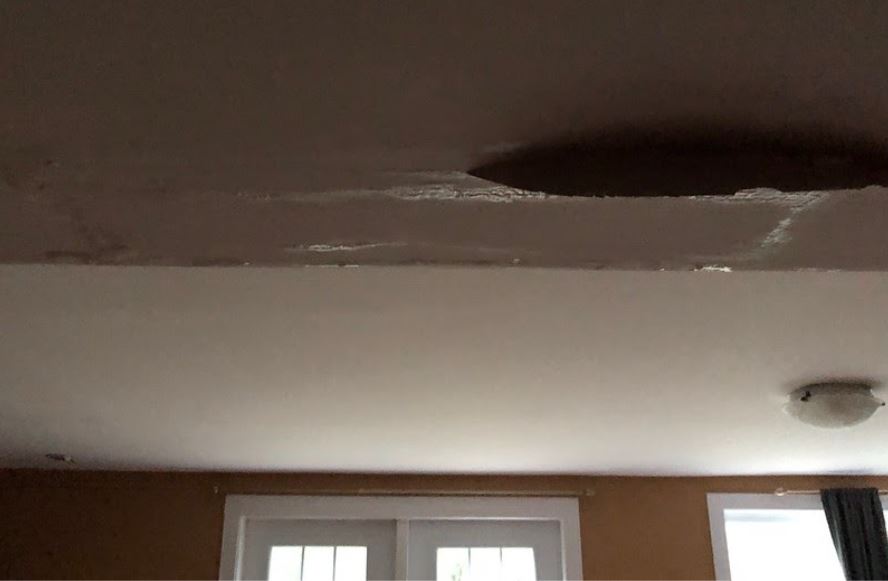Exploring the Main Factors for Leakage in Your Home
Exploring the Main Factors for Leakage in Your Home
Blog Article
What're your insights and beliefs about How Fast Water Damage Can Ruin Your Home?

Leaks not just trigger waste of water but can likewise cause unneeded damages to your home and promote undesirable organic growth. Water leaks could go unnoticed because many of the pipework in our house is concealed. By looking and understanding for everyday circumstances that create leakages, you can safeguard your house from future leakages and also unnecessary damages. Today, we will consider 6 leak triggers that may be creating your pipelines to leak.
Instant temperature modifications.
Severe temperature level modifications in our pipelines can create them to expand and also acquire all of a sudden. This development and also tightening might trigger cracks in the pipelines, specifically if the temperature level are below freezing. It would be best if you kept an eye on just how your plumbing functions. The visibility of the previously discussed scenarios often indicates a high risk.
Rusty water supply
This might be the cause of discoloration or warping on your water pipelines. If our plumbing system is old, take into consideration changing the pipelines since they are at a higher risk of corrosion than the more recent versions.
Defective Pipeline Joints
The point at which your pipelines link is frequently the weakest link in the waterline. Pipe joints can weaken with time, leading to water leaks. However, most of pipe joints are not conveniently visible. If you have loud pipelines that make ticking or banging noises, particularly when the warm water is activated, your pipe joints are probably under a lot of stress. It is recommended to have your plumber examine your system once a year.
Trespassing roots
Most water leakages begin outside the residence rather than inside it. You could observe wet spots or sinkholes in your lawn, as well as that may mean that tree origins are attacking water lines creating water to seep out.
Poor Water Connectors
At times, a leak can be created by loosened hoses and also pipelines that provide your devices. In case of a water links leak, you may observe water running straight from the supply line or pools around your devices.
Obstructed Drains
Obstructed drains pipes might be annoying and also inconveniencing, but they can often end up creating an overflow bring about rupture pipelines. Keep getting rid of any kind of products that might go down your drains that might block them to prevent such hassles.
All the above are root causes of leaks but not all water leakages arise from plumbing leakages; some leaks may originate from roofing leakages. All leaks must be fixed promptly to stay clear of water damage.
Leakages not only cause waste of water yet can additionally trigger unneeded damages to your home as well as promote unwanted organic growth. By understanding and looking for day-to-day situations that create leakages, you can protect your house from future leaks and unneeded damages. Today, we will look at 6 leak creates that may be causing your pipelines to drip.
At times, a leakage can be caused by loose tubes as well as pipes that provide your devices. In situation of a water connections leak, you may notice water running straight from the supply line or pools around your devices.
How To Check For Water Leak In Your Home
How To Check for Leaks
The average household's leaks can account for nearly 10,000 gallons of water wasted every year and ten percent of homes have leaks that waste 90 gallons or more per day. Common types of leaks found in the home are worn toilet flappers, dripping faucets, and other leaking valves. These types of leaks are often easy to fix, requiring only a few tools and hardware that can pay for themselves in water savings. Fixing easily corrected household water leaks can save homeowners about 10 percent on their water bills.
To check for leaks in your home, you first need to determine whether you're wasting water and then identify the source of the leak. Here are some tips for finding leaks:
Take a look at your water usage during a colder month, such as January or February. If a family of four exceeds 12,000 gallons per month, there are serious leaks.
Check your water meter before and after a two-hour period when no water is being used. If the meter changes at all, you probably have a leak.
Identify toilet leaks by placing a drop of food coloring in the toilet tank. If any color shows up in the bowl after 10 minutes, you have a leak. (Be sure to flush immediately after the experiment to avoid staining the tank.)
Examine faucet gaskets and pipe fittings for any water on the outside of the pipe to check for surface leaks.
Undetected water leaks can happen without the home or business owner even realizing. If you suspect a water leak, but not able to find the source. It is time to contact a professional water leak detection service, The Leak Doctor.
How To Find a Water Leak In Your Home
https://www.leakdoctor.com/blog/How-To-Check-For-Water-Leak-In-Your-Home_AE197.html

Do you appreciate reading up on Common Water Leaks In House? Leave feedback directly below. We'd be glad to see your feelings about this write-up. We hope that you come back again in the future. Are you aware of someone else who is involved in the subject? Be sure share it. I am grateful for your time. Don't hesitate to come visit our site back soon.
Resolve today, call! Report this page